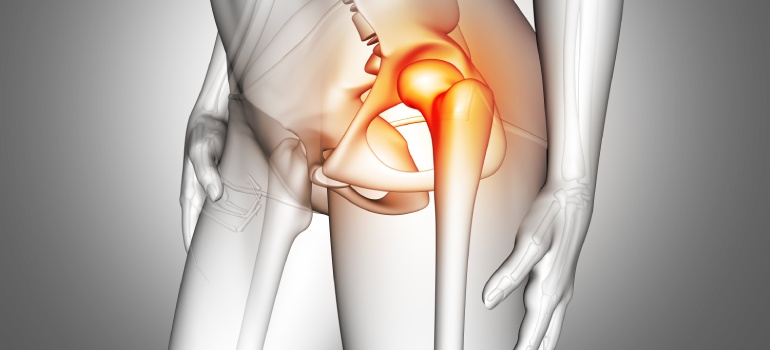
5 things to keep in mind before opting for a partial knee replacement surgery
Introduction: While it is true that there is a lower risk of complications and shorter stay at the hospital, it doesn’t mean it’s for every patient going through knee problems and complications. Individuals often use web searches, for example, on Google, to research their symptoms and then self-diagnose the problems or treatment without knowing the subject. It is always advisable to visit a doctor and confirm with the expert which treatment option would be the best based on factors like age, physical condition and medical history.
Knee replacement after ACL reconstruction: A comprehensive procedure supplemented by the relevant expertise at YK Orthopaedics.
Once we age, the cartilage in the joints, which is responsible for cushioning the end of the bones, often wears down, leading to the bones rubbing together. This condition is known as Orthreoartrits. However, it is not always restricted to older adults and can happen in any age group.
So, let’s discuss five essential things that patients considering partial knee replacement surgery should remember.
Robotic hip replacement: YK Orthopaedics makes the procedure accessible to those diagnosed with a need for it.
– Difference between total and partial knee replacement: Total knee replacement replaces the entire knee with a prosthetic knee. Here, the whole end of the femur and tibia, which make up the knee, is replaced by metal and plastic. With partial knee replacement, only a tiny part of the knee with arthritis is replaced. Knee ligaments are not removed, which makes the knee feel perfectly normal. At YK Orthopaedics, a range of procedures and surgical interventions enable you to exploit state-of-the-art provisions for rotator cuff surgery.
– How to verify if partial knee replacement is the surgery: About 5% to 20% of patients with knee arthritis may qualify for a partial knee replacement. However, the criteria must be met to be a good candidate. Orthopaedic surgeons will discuss these criteria in detail with you.
– How long does a partial knee replacement last? Based
on the insights of some new developments and studies, it’s been discovered that it can last around 10 – 15 years.
– Benefits and risks of partial knee replacement: With
partial knee replacement, the knee feels more regular, and recovery time is faster. Patients with partial knee replacement also usually have a lower risk of complications and a shorter hospital stay than those with total knee replacement.
– Recovery process after partial knee replacement: 1 of the significant benefits of partial knee recovery is the flexibility of going the same day or the next day, which depends on individual factors. However, precautionary steps are still required after the partial knee replacement surgery for a healthy recovery, like using a walker for two weeks and then a cane for six weeks. After three months, most patients can walk without the support of any device. At YK Orthopaedics, the provision exists for support after invasive procedures, aiding recovery & rehabilitation, including superpath hip replacement.
If you experience severe knee pain and feel that a knee operation is your only option, consulting with an experienced orthopaedist like Dr. Yugal Karkhur first is best. With his vast experience and knowledge of knee operations, he recommends which operation to have depending on health-related factors like age, health condition, and medical history. YK Orthopaedics enables access to various services, including synthetic ACL replacement.
Conclusion: Sometimes, when patients go through knee pain, it can be
challenging to tell which operation would be best for them unless it’s
diagnosed. It’s essential in today’s day and age to have the right instrument
and expertise like Dr Yugal Karkhur. Once the problem is diagnosed, the doctor can better guide you on which operation to go.


